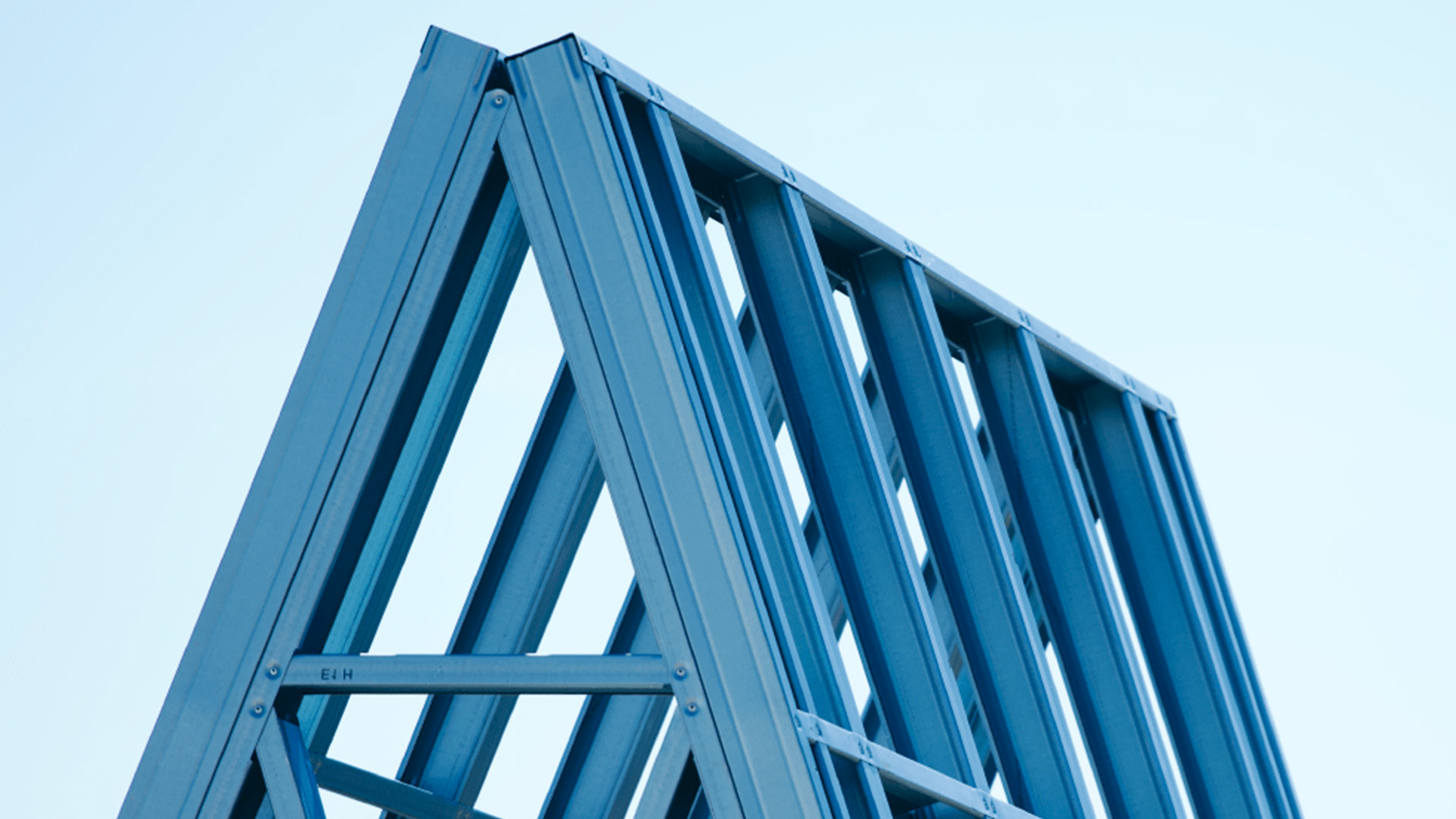Because of their strength and adaptability, A-frame steel buildings are growing in popularity. In addition to adding architectural appeal, their unique triangular design has useful benefits that make them appropriate for a range of settings, including residential and commercial buildings. To achieve both functional and aesthetic objectives, however, the design of A-frame steel structures necessitates significant consideration and preparation.
The resilience of A-frame designs to inclement weather is one of its main features. The roof’s steep angles facilitate effective water runoff, which lowers the possibility of leaks and other damage. This feature also makes A-frame steel structures a dependable option for many different climate types, particularly those that are prone to high rainfall or snowfall. It’s important to work with architects and engineers who understand the subtleties of steel construction when you begin the design process. With their experience, you can make sure that your project is safe, legal, and aesthetically pleasing in addition to navigating the difficulties of material selection, structural soundness, and local building codes. Here are some things to consider when you’re planning to use A-frame steel structures for building.
Purpose and usage
When considering an A-frame steel structure, understanding the building’s purpose is imperative. Will it serve as a home, a storage space, or perhaps a holiday retreat? The function of the building will influence design elements like the number of rooms, the size of the windows, and the inclusion of features such as skylights. For residential purposes, designing open-plan interiors that maximise the unique shape of the structure can create a spacious, airy feel.
Using space efficiently comes naturally to the A-frame design. Interior spaces with a steeply pitched roof are frequently efficiently used for extra living space or storage without compromising comfort. Future extensions should also be taken into account since the structure’s design can be easily modified as requirements change over time.
Structural integrity
Steel is known for its strength, but ensuring the design maintains structural integrity is vital. Engineers must calculate load-bearing capacities, wind resistance, and potential environmental stresses. A-frame designs naturally offer great stability due to their shape, but proper engineering enhances safety and longevity.
It’s also important to consider local environmental conditions when planning your A-frame structure. For instance, regions that experience high winds may require additional bracing or reinforcement. Discussing these factors with a qualified structural engineer can help ensure that your A-frame design meets all safety standards and performs well under various conditions.
Ventilation and insulation
Good ventilation and insulation are essential, particularly in Australia’s varied climate. A-frame structures often have high ceilings, which can trap heat. Installing the right insulation and considering cross-ventilation options will help regulate indoor temperatures efficiently.
Incorporating energy-efficient windows and roof vents can also significantly enhance the building’s comfort level. Proper airflow helps to reduce humidity levels and can prevent the build-up of mould or mildew, ensuring a healthier living environment. Be sure to choose insulation materials that offer high thermal resistance (R-value) for the best energy efficiency.
Aesthetic appeal
While functionality is a priority, aesthetics should not be overlooked. The triangular shape of A-frame structures creates unique architectural possibilities. You can choose sleek, minimalist designs or opt for rustic finishes depending on the building’s purpose and location.
Additionally, the exterior of your A-frame structure provides an excellent opportunity to incorporate local materials and landscaping that blend with the natural environment. Consider elements like timber cladding or stone accents to enhance the overall appeal. The goal should be to create a harmonious relationship between the building and its surroundings, adding to its visual impact.
Finally, an A-frame steel structure design demands a striking balance between functional requirements and aesthetic appeal. You may build an aesthetically beautiful and useful structure with careful planning and an understanding of the special qualities of A-frame designs.
Conclusion
Professional involvement early on can also significantly improve the project’s overall success and guarantee that the intended outcomes are obtained. Check out our range of A-frame steel options for additional information on our steel solutions.




